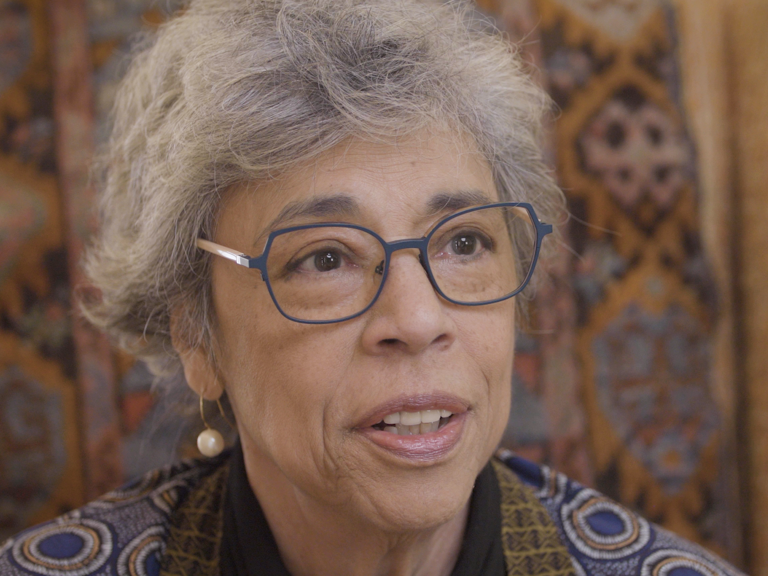LDF and Local Urban League Sue to Keep Racially Mixed Schools
Press Release
October 28, 1968

This item is featured in:
Cite this item
-
Press Releases, Volume 5. LDF and Local Urban League Sue to Keep Racially Mixed Schools, 1968. 1dc92816-b992-ee11-be37-00224827e97b. LDF Archives, Thurgood Marshall Institute. https://ldfrecollection.org/archives/archives-search/archives-item/686e63ea-8be3-4986-86cc-cf683a4249c9/ldf-and-local-urban-league-sue-to-keep-racially-mixed-schools. Accessed November 23, 2025.
Copied!
NAACP LEGAL DEFENSE AND EDUCATIONAL
FUND, INC. (LDF)
FOR RELEASE
October 28, 1968
LDF AND LOCAL URBAN LEAGUE SUE
TO KEEP RACIALLY MIXED SCHOOLS
MORRISTOWN, NEW JERSEY--The NAACP Legal Defense and Educational
Pund, Inc. (LDF), which won the legal battle that brought the
U.S. Supreme Court's 1954 school desegregation ruling, today
filed suit against education officials in Morris County.
LDF filed the suit in association with the Morris County
Urban League.
Today's action by LDF marks a major attack on de facto school
segregation which its attorneys say is prevalent in neighborhood
school systems in the North.
In an appeal and petition to the State Board of Education and the Commissioner of Education, LDF Director-Counsel Jack Greenberg,
staff attorney Gabrielle A: Kirk, and attorney Frank F. Harding,
from the local firm of MacKenzie and Harding named the following
groups as defendants:
the Township of Morris School District and Board
of Education, the Town of Morristown School District
and Board of Education, the Township of Harding Board
of Education, and the Borough of Morris Plains Board
of Education.
The attorneys are acting on hehalf of Negro and white parents from both Morris Township--a wealthy, predominately white area--
and Morristown.
Morris Township now sends its 750 students, most of whom are
white, to Morristown High School. The school has an enrollment
of about 2,000 students.
The attorneys say that the suburban community plans to withdraw
its students and build its ow high school.
They say that if these students are withdrawn, the percentage of Negroes in the Morristown High School will double.
If this occurs, according to them, a racial imbalance will
be created, and the education of both Negroes and whites will be
seriously affected.
"We mean that white and Negro children would be deprived of
quality, integrated education because the township high school
would be almost entirely white and the Morristown High School will
be predominately black," Mr. Greenberg explained.
Education experts presently rate Morristown High School as one
of the top secondary schools in the nation.
The parents who are against building a separate high school
are asking the State to consolidate the two school systems.
State statistics show that 41% of the students in Morristown
schools are Negroes.
LDF AND LOCAL URBAN LEAGUE SUE
TO KEEP RACIALLY MIXED SCHOOLS October 28, 1968
aoe
Negroes make up only 2% of the Morris Township enrollment,
which includes kindergarten through ninth. grade.
The parents contend that consolidation would provide an ideal
educational unit; that it would mean educational opportunities
that neither system alone could provide.
As an example, they point to substantial savings in admini-
strative costs and an ideal racial balance.
LDF's chief, Mr. Greenberg, said that suits such as the one
filed today are imperative when boards of education act in ways
which create racial imbalance in school systems. He said the
suits are necessary if quality, integrated education is to be
maintained and if it is to become a reality in areas where it
does not exist. ;
=30-
NOTE: The NAACP Legal Defense and Educational Fund, Inc. (LDF)
is a separate and distinct organization from the NAACP. Its
correct designation is NAACP Legal Defense and Educational Fund,
Inc., which is shortened to LDF.
